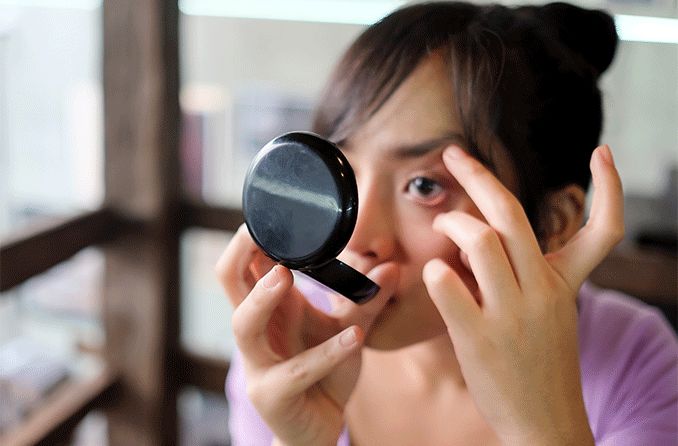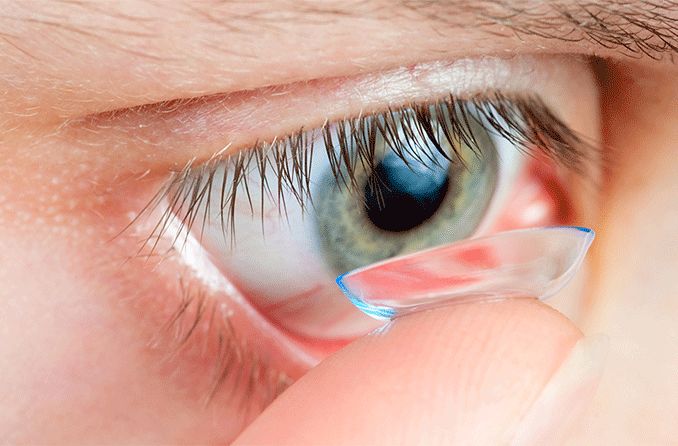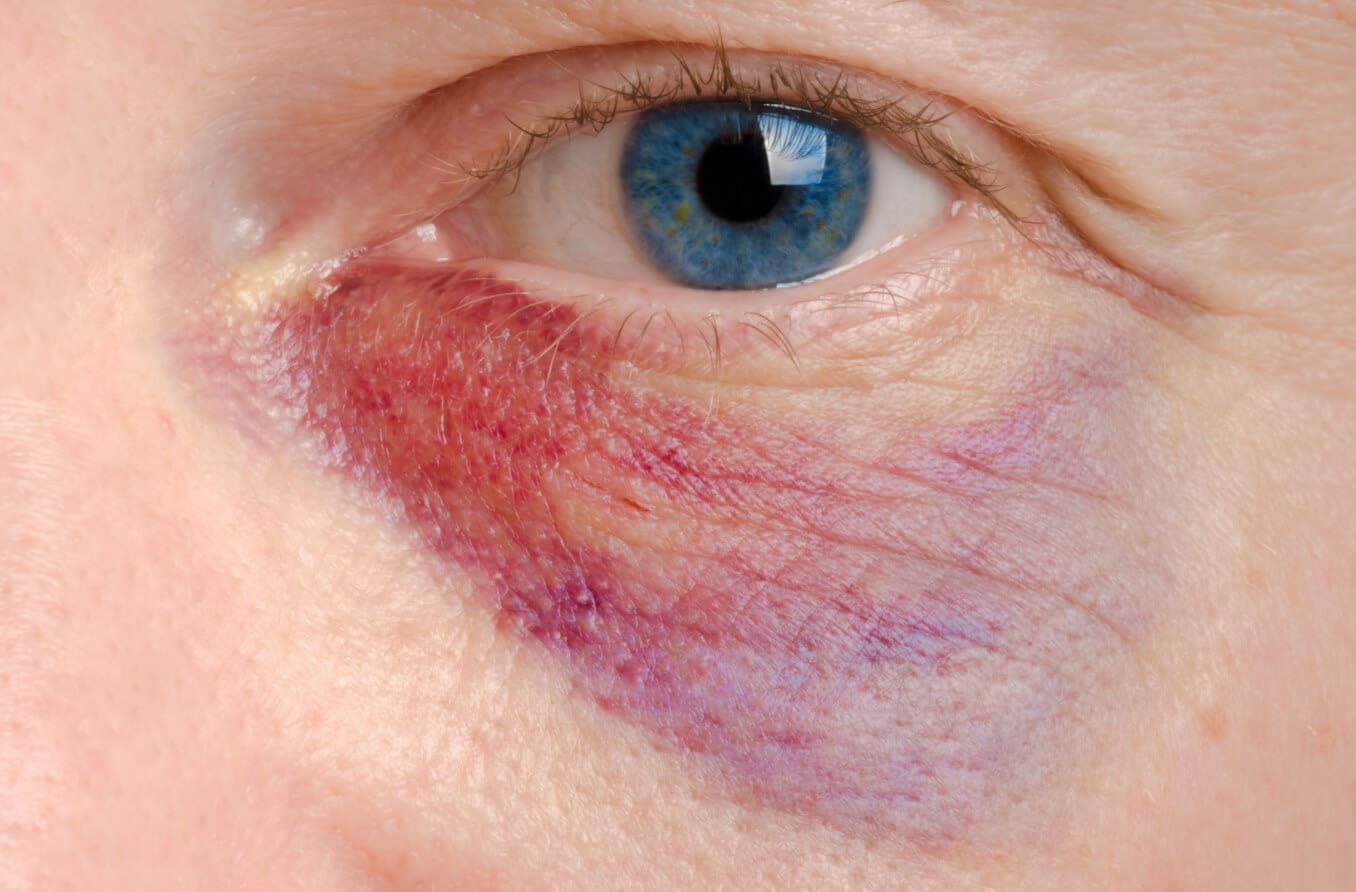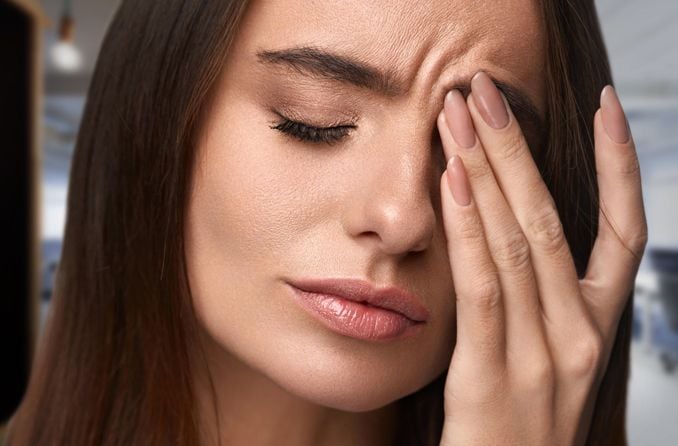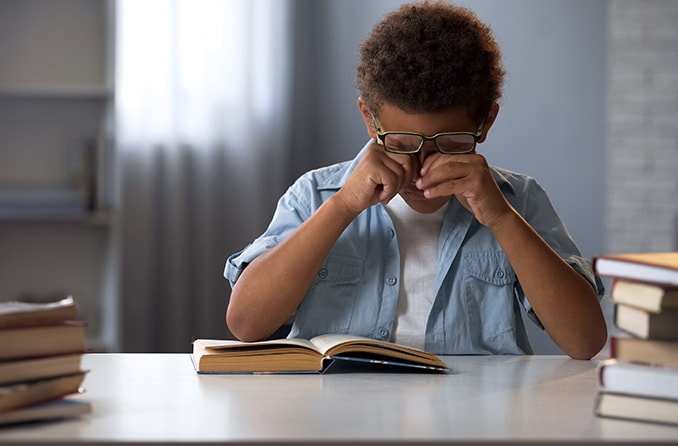If you or your employer is unsure of which guidelines apply to your workplace, visit the OSHA website for information on these topics:
- Eye and face protection
- General industry standards
- State plans
- State plan publications and training materials
Employers may be required to provide prescription safety glasses to employees who need corrective eyewear. They may also provide a shield that will cover and protect the employee's own eyeglasses. It's possible that some types of work will require safety shields, safety glasses, or both.
Be sure that you understand the risks for eye injuries at your workplace. Find the most appropriate type of safety eyewear for your job, and use them. Employers also should consult with an eye doctor who is familiar with safety eyewear programs. They can give additional insight beyond the information available from OSHA.
SEE RELATED: Eye Safety Basics
Fireworks
An estimated 9,700 fireworks-related injuries were treated in U.S. hospital emergency rooms in 2023, according to the U.S. Consumer Product Safety Commission (CPSC). Approximately 66% of those injuries happened between June 16, 2023, and July 16, 2023 — around the July 4th holiday.
Firecrackers were responsible for 800 emergency-department-treated injuries. Sparklers caused around 700 injuries.
The CPSC's "2023 Fireworks Annual Report" also included these findings for the one-month period bracketing Independence Day:
- Males sustained 67% of fireworks-related injuries; females accounted for 33%.
- Individuals between 25 and 44 made up 31% of firework-related injuries.
- Teenagers and young adults, aged 15 to 24, also contribute to 31% of injuries — an increase of 6% since 2020.
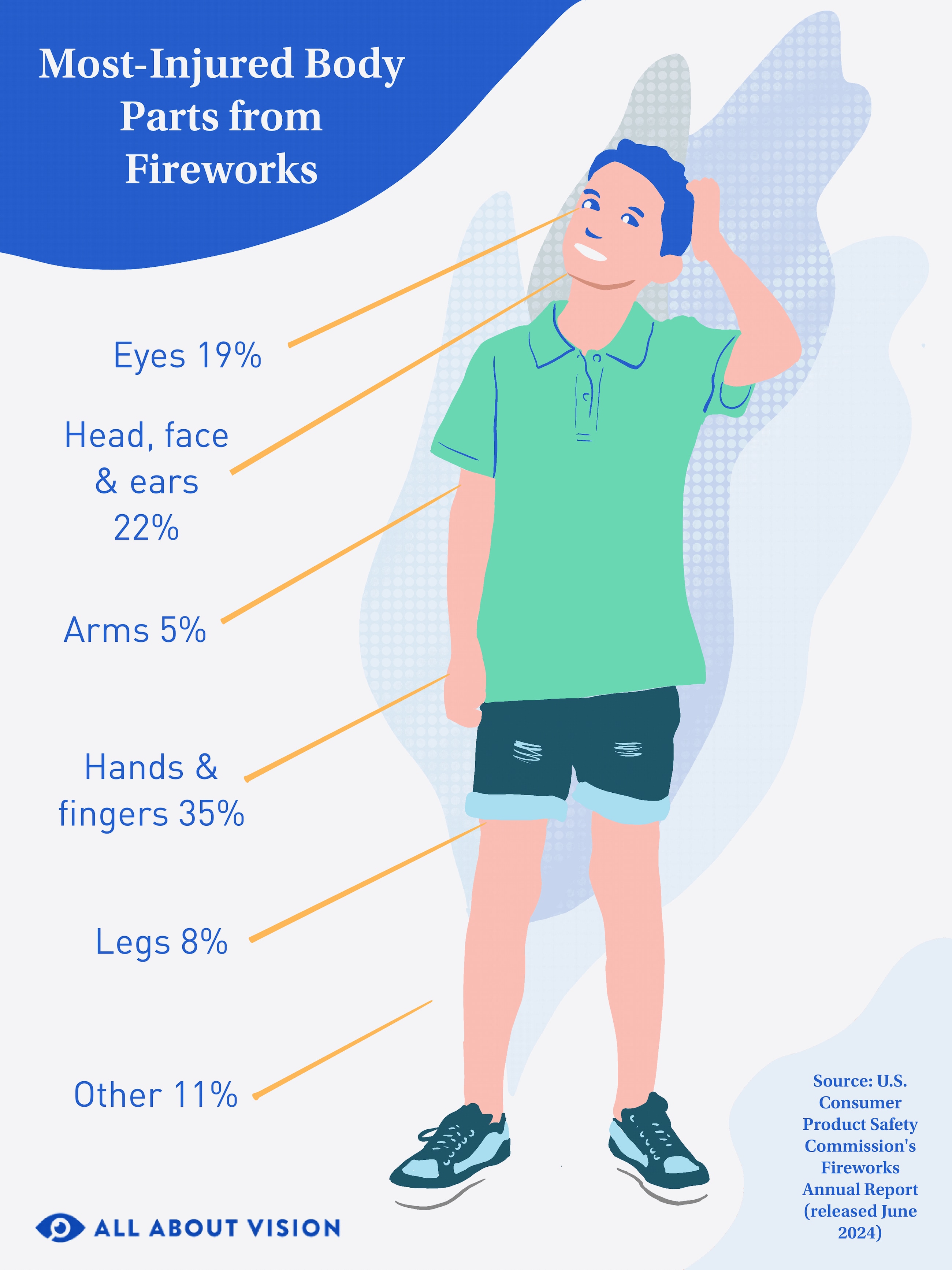
Click on image to enlarge.
Here is a breakdown of the body parts affected by fireworks-related injuries treated in the emergency departments:
- Eyes - 19%
- Head, face and ears - 22%
- Arms - 5%
- Hands and fingers - 35%
- Legs - 8%
- Other - 11%
The American Academy of Ophthalmology offers these safety tips for preventing eye injuries from fireworks:
- Never let children play with fireworks.
- View fireworks from at least 500 feet away.
- Only trained professionals should light fireworks.
- Don't touch any unexploded fireworks remains. Instead, notify the fire or police department.
Eye safety and airbags
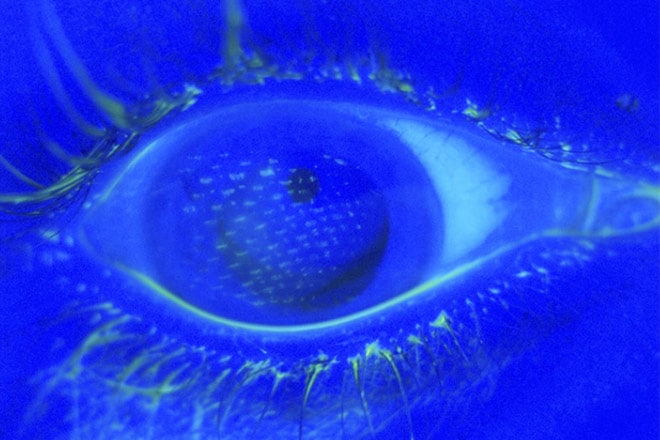
Image: The New England Journal of Medicine.
There's no question that safety air bags in motor vehicles save lives. But some people have sustained significant injuries from them.
Though it's possible to sustain a corneal abrasion or other eye injury from your vehicle's air bags during an accident, you would be at risk of much more serious injuries (including eye injuries from a shattered windshield) without these safety devices when traveling at highway speeds.
To reduce your risk of injury to your eyes and head from air bags:
- Make sure you are wearing your seatbelt and that it's properly adjusted.
- Adjust the headrest of your seat for proper support.
- Sit at least 10 inches away from the steering wheel.
- Don't smoke while driving.
- Have children sit in the back seat with seatbelts and safety seats properly adjusted.
Laser pointers
Laser pointers shine a focused beam of high intensity light. They are commonly used in presentations to highlight specific points or images.
Looking directly at the light beam of a laser pointer can cause temporary vision loss and even permanent damage to the retina. This was learned after children and young adults began purchasing laser pointers and using them as toys.
Also, laser pointers began to be used as sighting devices for paintball guns. Because of the potential for eye injuries, the FDA has required laser pointers to have warning labels on packaging. The warnings must mention possible retinal damage.
SEE RELATED: Can a Flashlight Cause Eye Damage?
Champagne corks
During a celebration, you're probably not thinking about eye damage. But a flying cork from a bottle of champagne can rupture the eyeball. This can cause bleeding inside the eye, a detached retina, dislocate the eye's lens, damage the orbital bone structure and more. Serious vision loss can result from these injuries.
Watch this video on how to open a champagne bottle without causing eye injury. (Source: eyeSmart)





